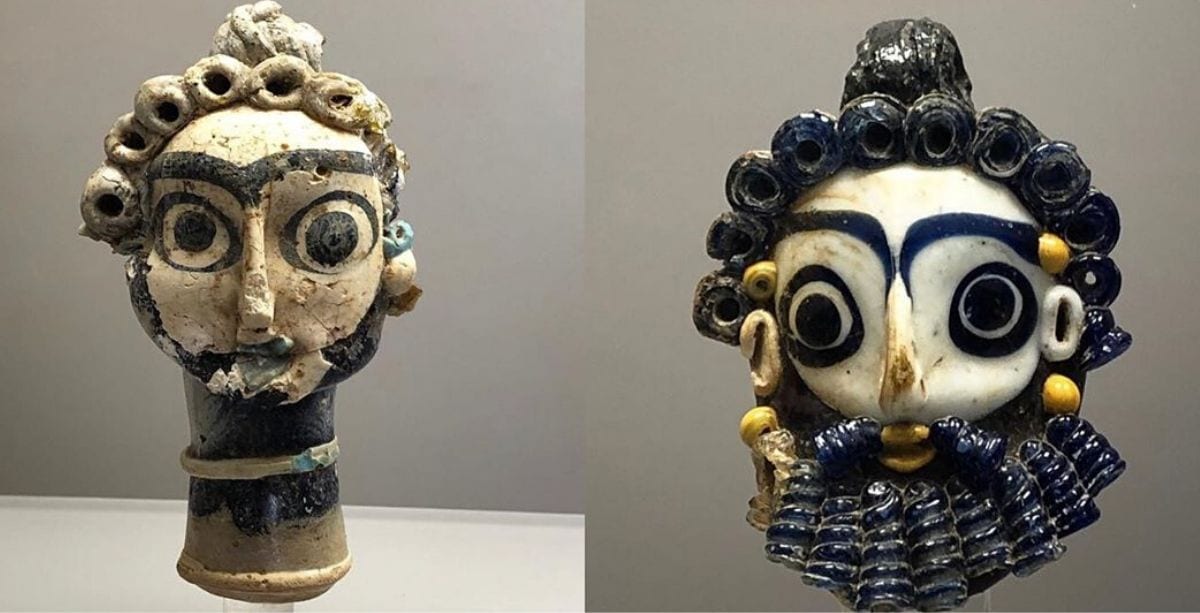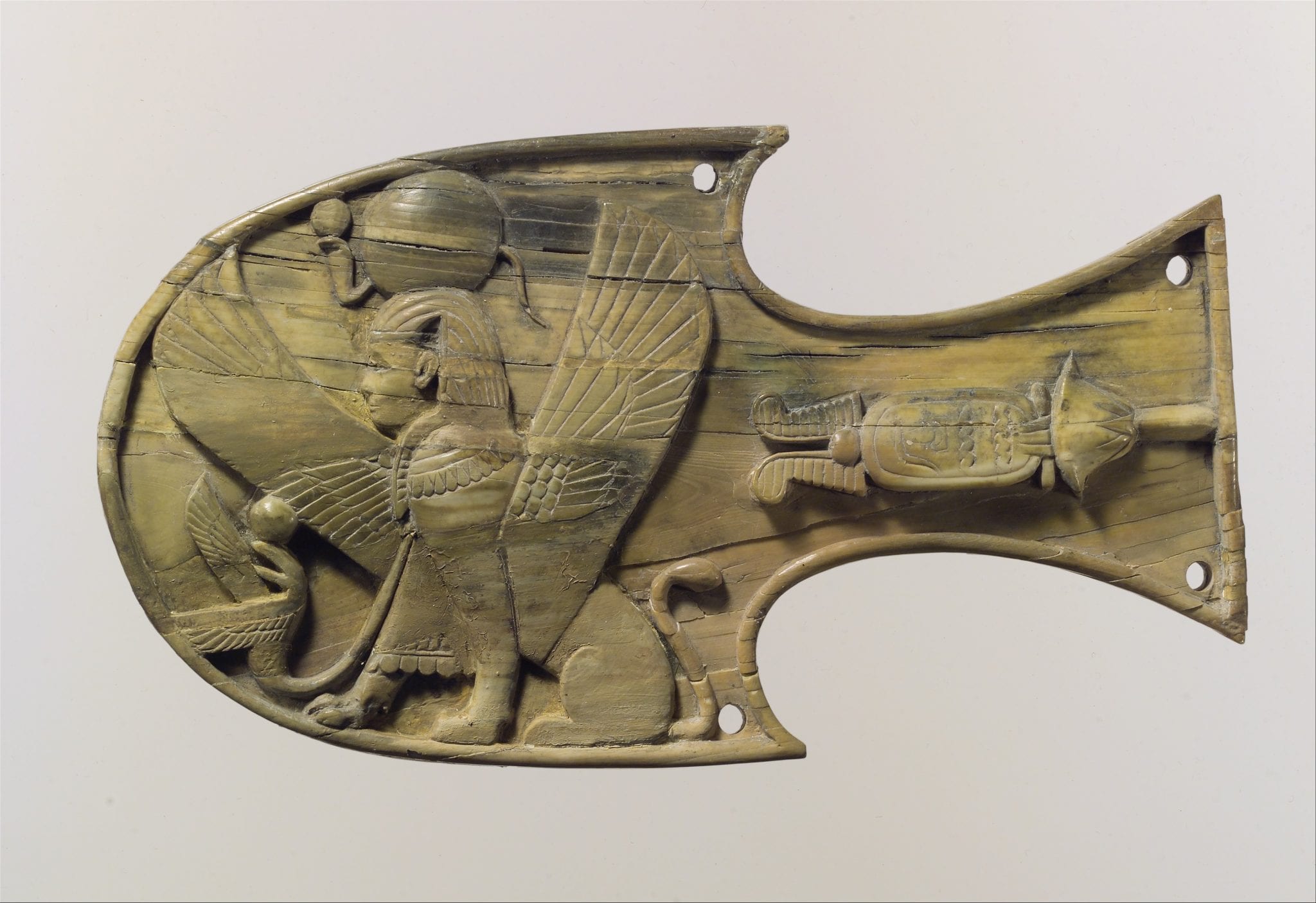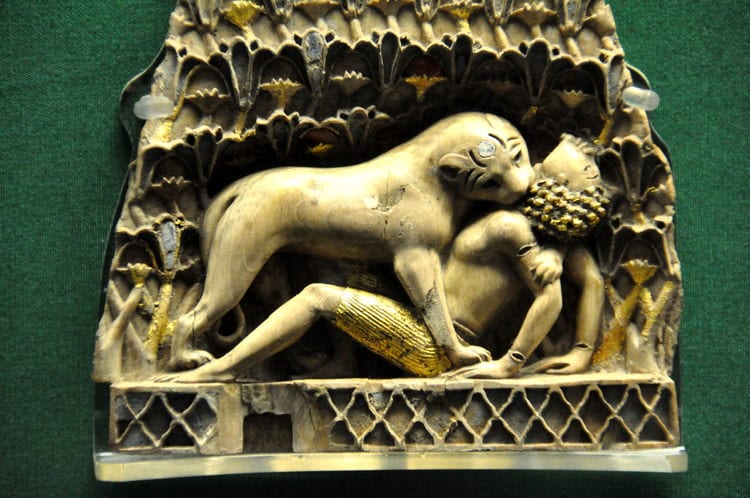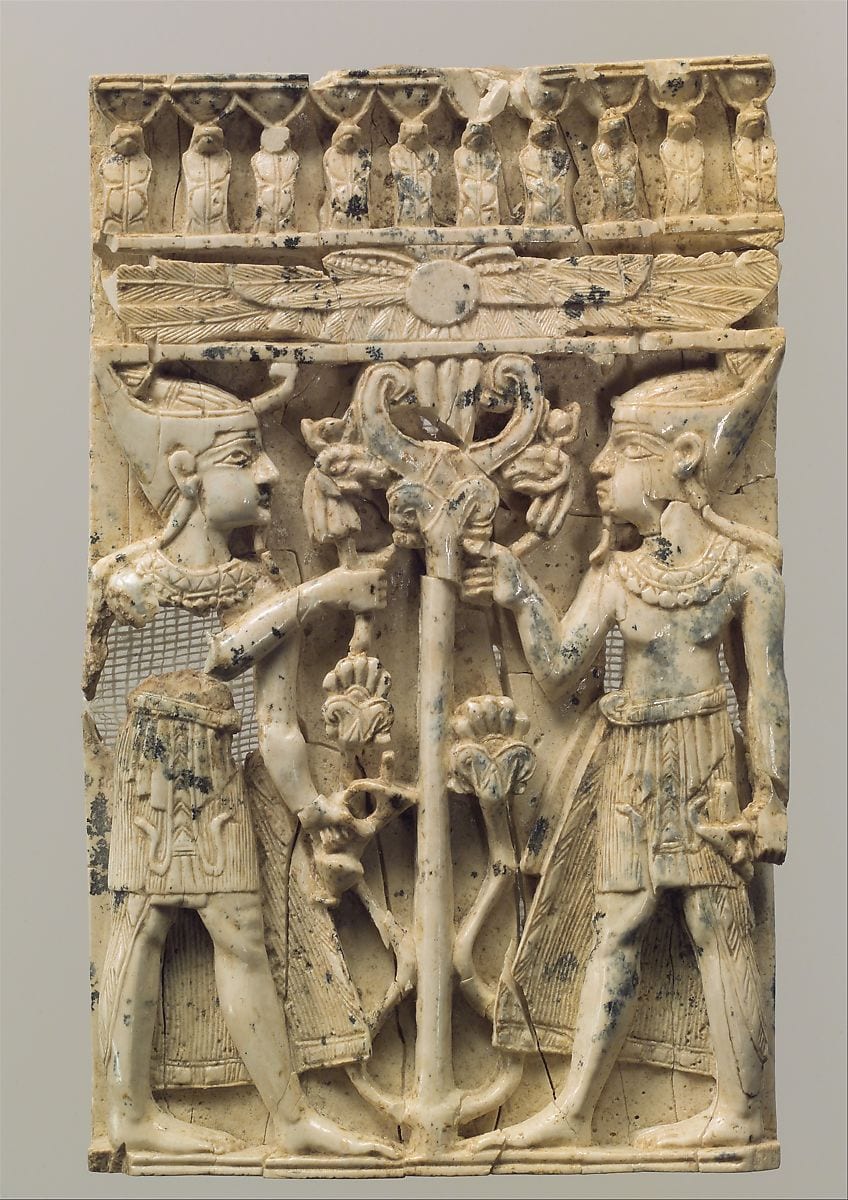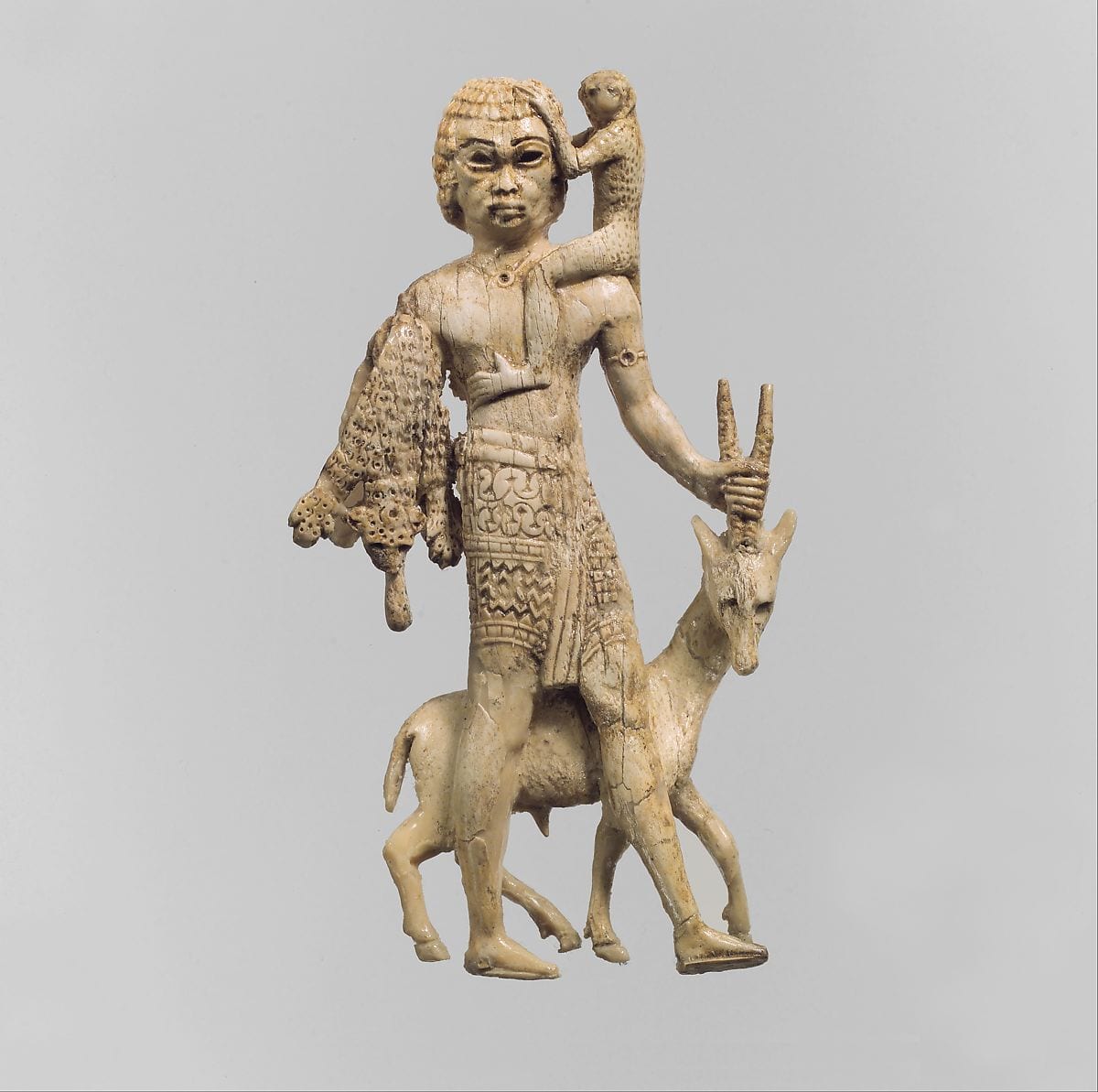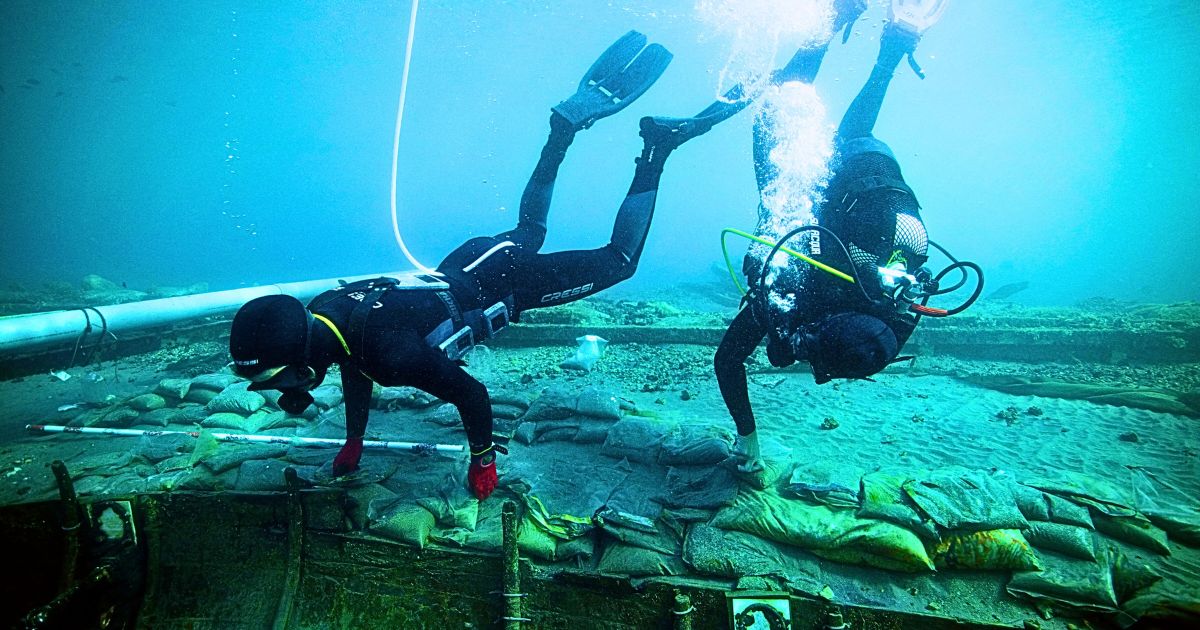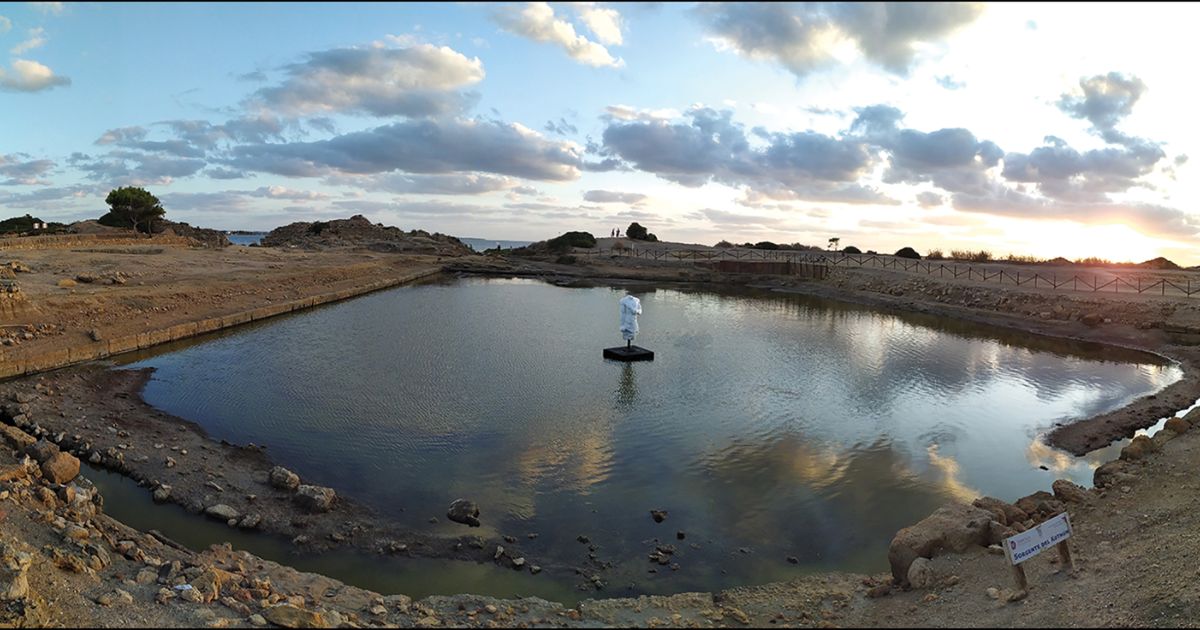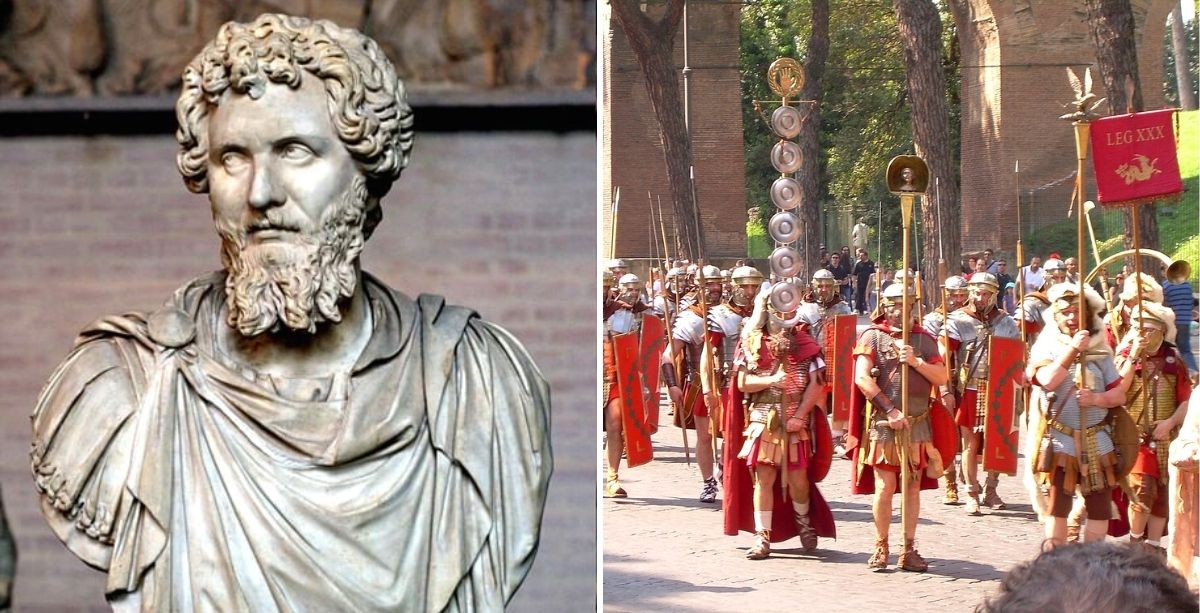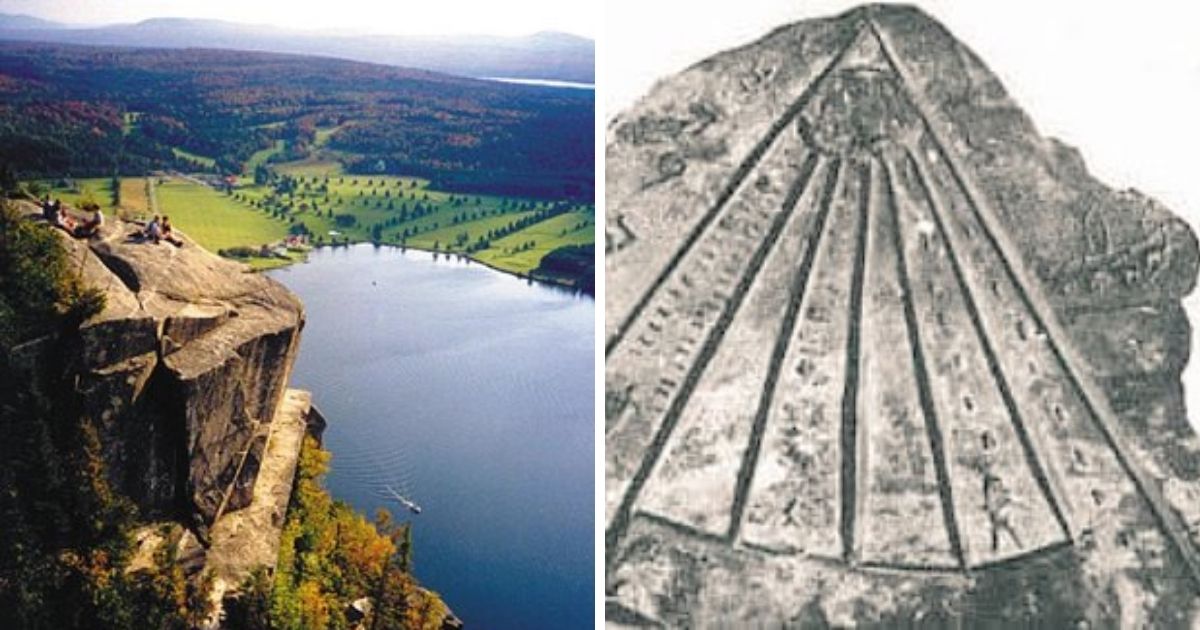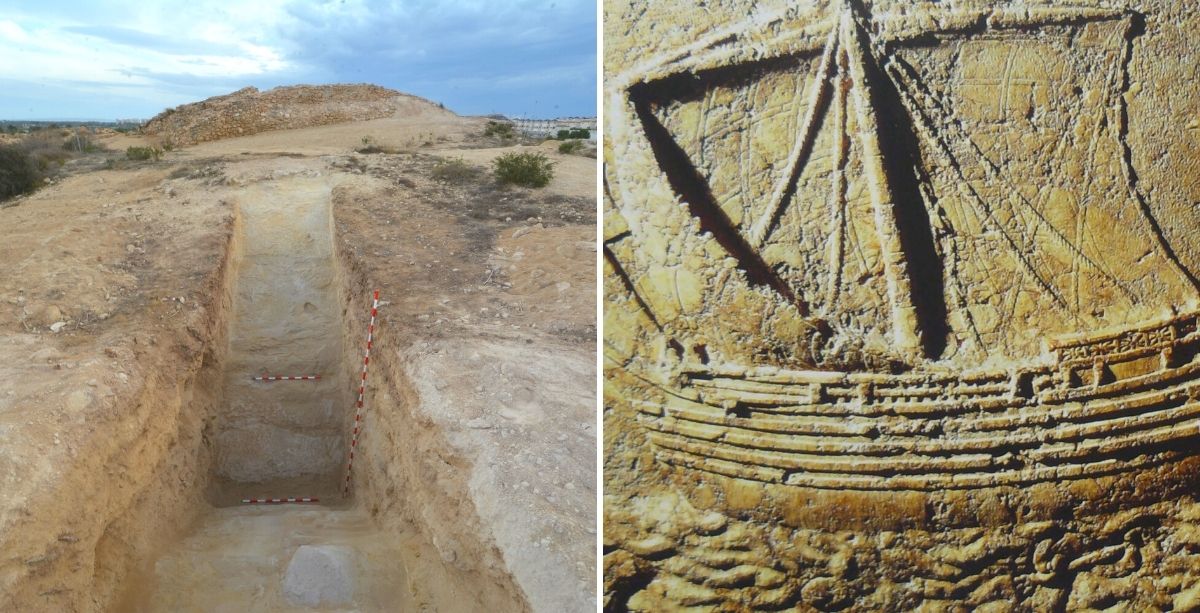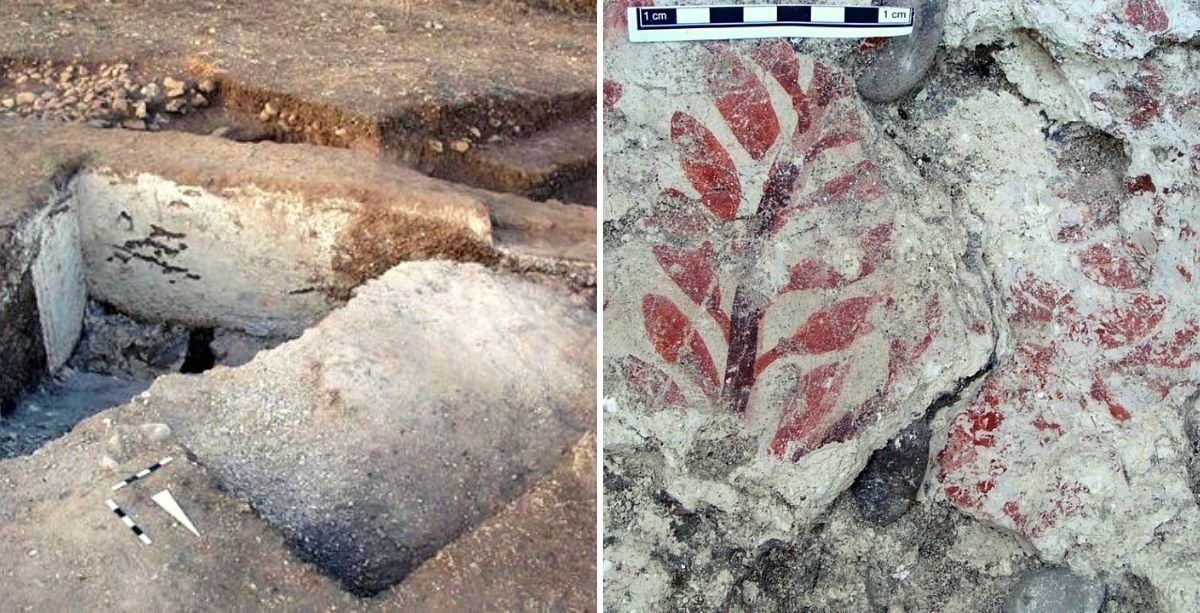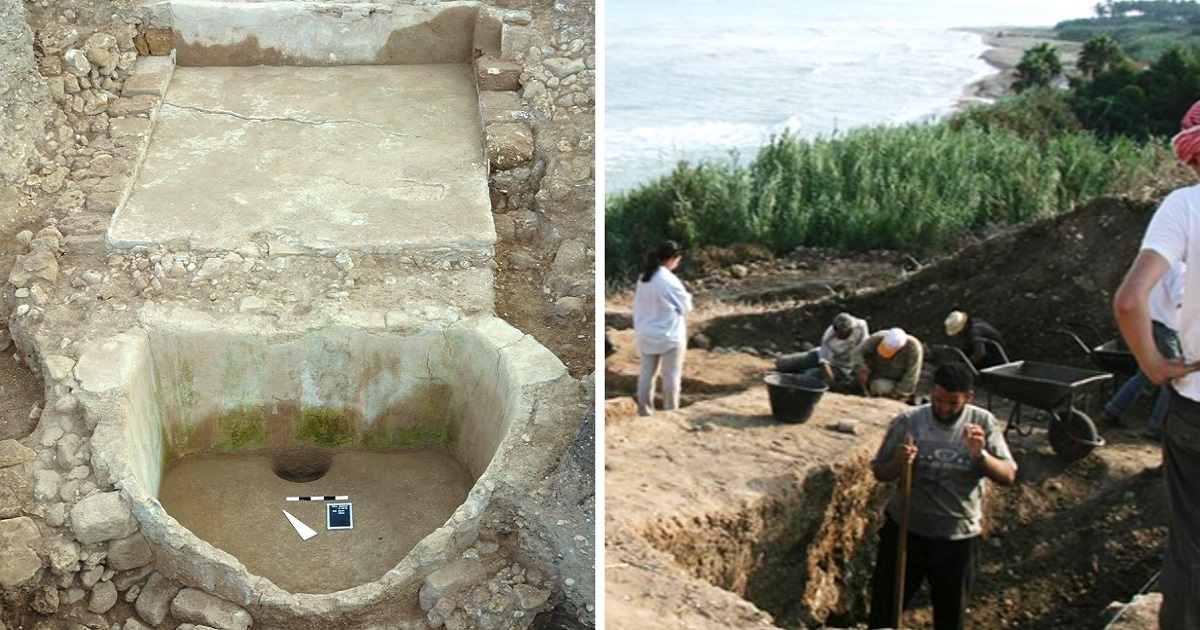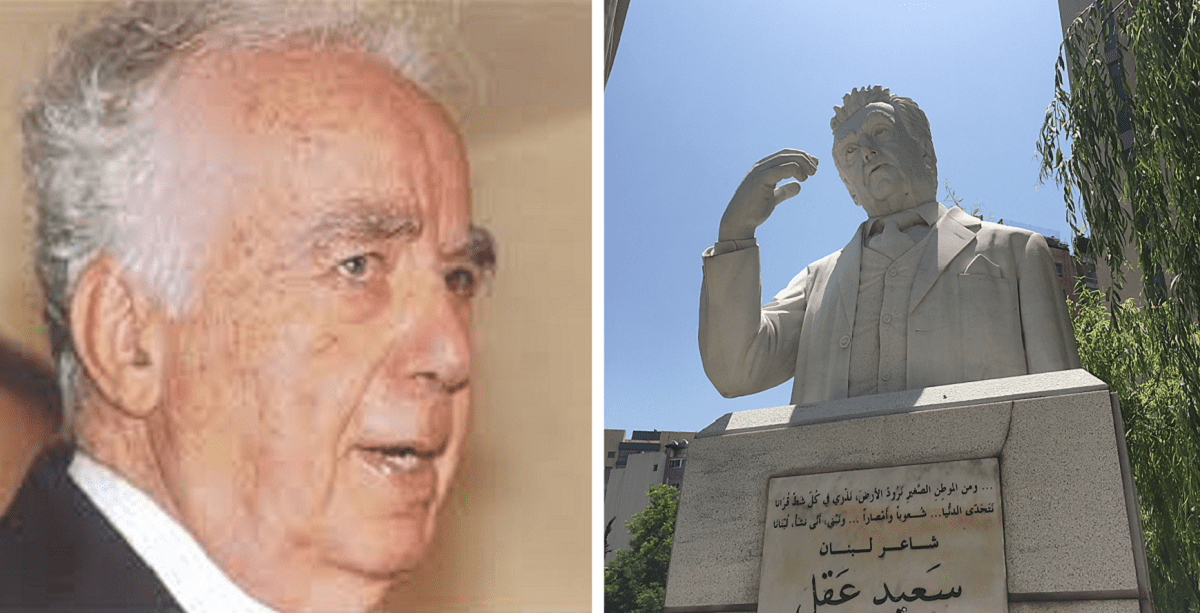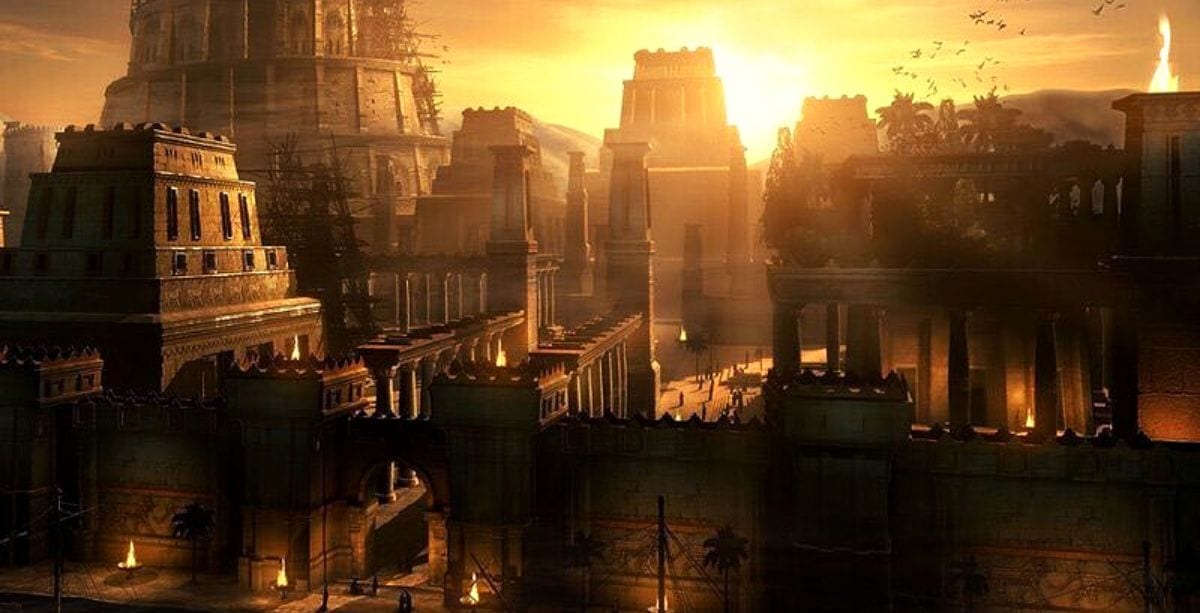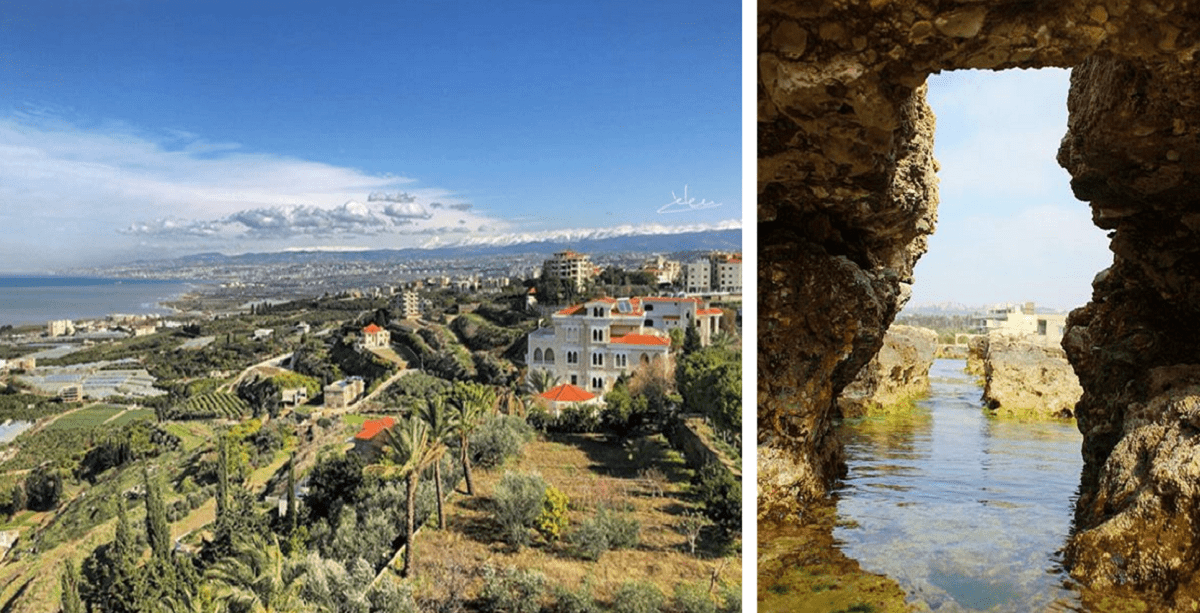Among the things that Phoenicians created and traded during their time of prosperity were artistic pieces of furniture, decorated glassware, and ornamental plaques, and ivory and metal objects.
Many of their ancient creations remain stored in museums around the world today, where they preserve the rich and illustrious culture of Phoenicia.
The following are 10 examples of fascinating pieces of Phoenician art that have been around for more than 2,000 years.
#1 An Ivory Sphinx (911-612 B.C.)
This ivory plaque, created by a Phoenician craftsman, depicts the mythical Egyptian sphinx wearing the traditional pharaonic crown and apron.
Egyptian art influenced Phoenician craftsmen who created such pieces, which explains why many of their works have Egyptian themes and motifs.
#2 A sphinx on horse blinders (8th century B.C.)
Decorated horse blinders were a common craft in Phoenicia, and Phoenicians sometimes made them using ivory. This one shows a seated sphinx wearing an Egyptian cobra and a sun disk on its head.
#3 The God of the Underworld (8th century B.C.)
This gilded bronze statue depicts the Phoenician god of the warfare, pestilence, and the underworld, Reshef. This nearly 2,700-year-old piece stands in the National Museum of Beirut.
#4 A scarab seal (6th–5th century B.C.)
The scarab was a symbol of regeneration for the ancient Egyptians, and Phoenician engravers implemented it heavily into their artwork.
This scarab seal portrays the Egyptian Lord of the Underworld, Osiris, surrounded by two protective winged goddesses.
#5 Lioness Devouring a Boy (9th-8th century B.C.)
This Phoenician carved ivory panel, found in the ancient palace of Ashurnasirpal II of Nimrud in Iraq, formed part of a decorated piece of furniture, possibly a throne.
#6 Two pharaonic figures (9th–8th century B.C.)
This ivory plate, which was also part of an ancient piece of furniture, shows two pharaoh-like figures wearing ancient Egyptian jewelry, standing at two opposite sides of a tree.
#7 Colored vessels (5th-3rd century B.C.)
Phoenicians were famous for their enhanced glass products, which they exported in great amounts. They initially learned the craft from the Egyptians, then improved upon it by making their glass transparent.
Phoenicians used materials such as cobalt, copper, and iron oxide to color glass vessels such as the two above.
#8 A man, an oryx, and a monkey (8th century B.C.)
This ivory statuette depicts a man in traditional Egyptian clothing holding a leopard skin with one hand and an oryx by the horns with the other, while a monkey sits on his shoulder.
#9 A fine bronze bowl (8th century B.C.)
Phoenician craftsmen relied heavily on bronze, silver, and gold to create neat pieces of metalwork. This bronze bowl is decorated with traditional Phoenician art and is stored in the British Museum, in London.
#10 A precious Phoenician seal (750-500 B.C.)
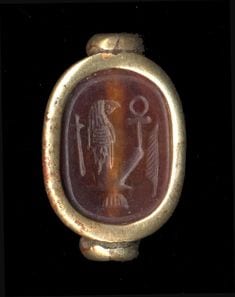
This Phoenician gold and sardonyx scarab seal is engraved with the hawk of the Egyptian sky god Horus holding an ankh – a symbol of life – and a feather of Maat – a symbol of truth, balance, order, harmony, law, morality, and justice.
